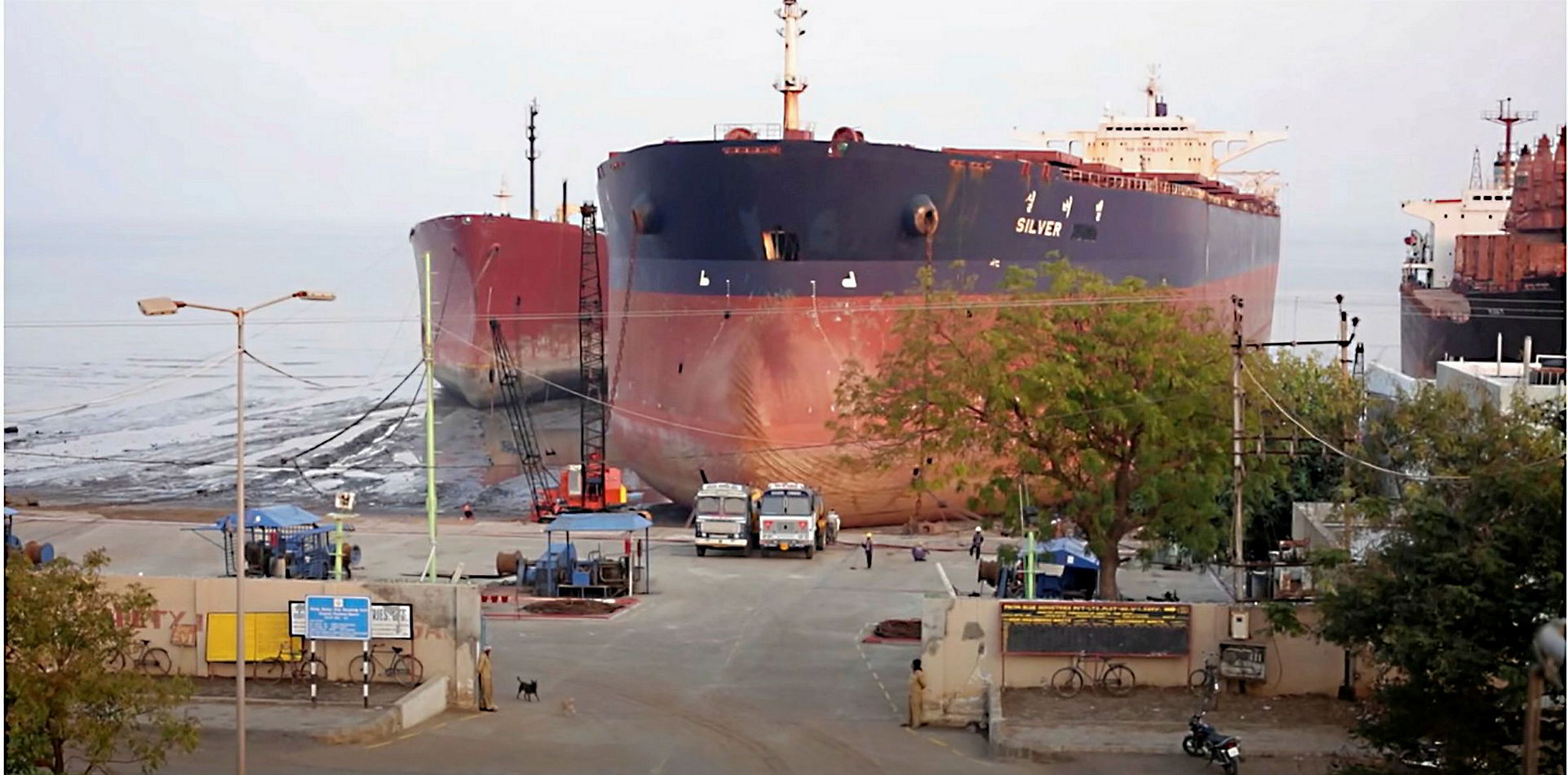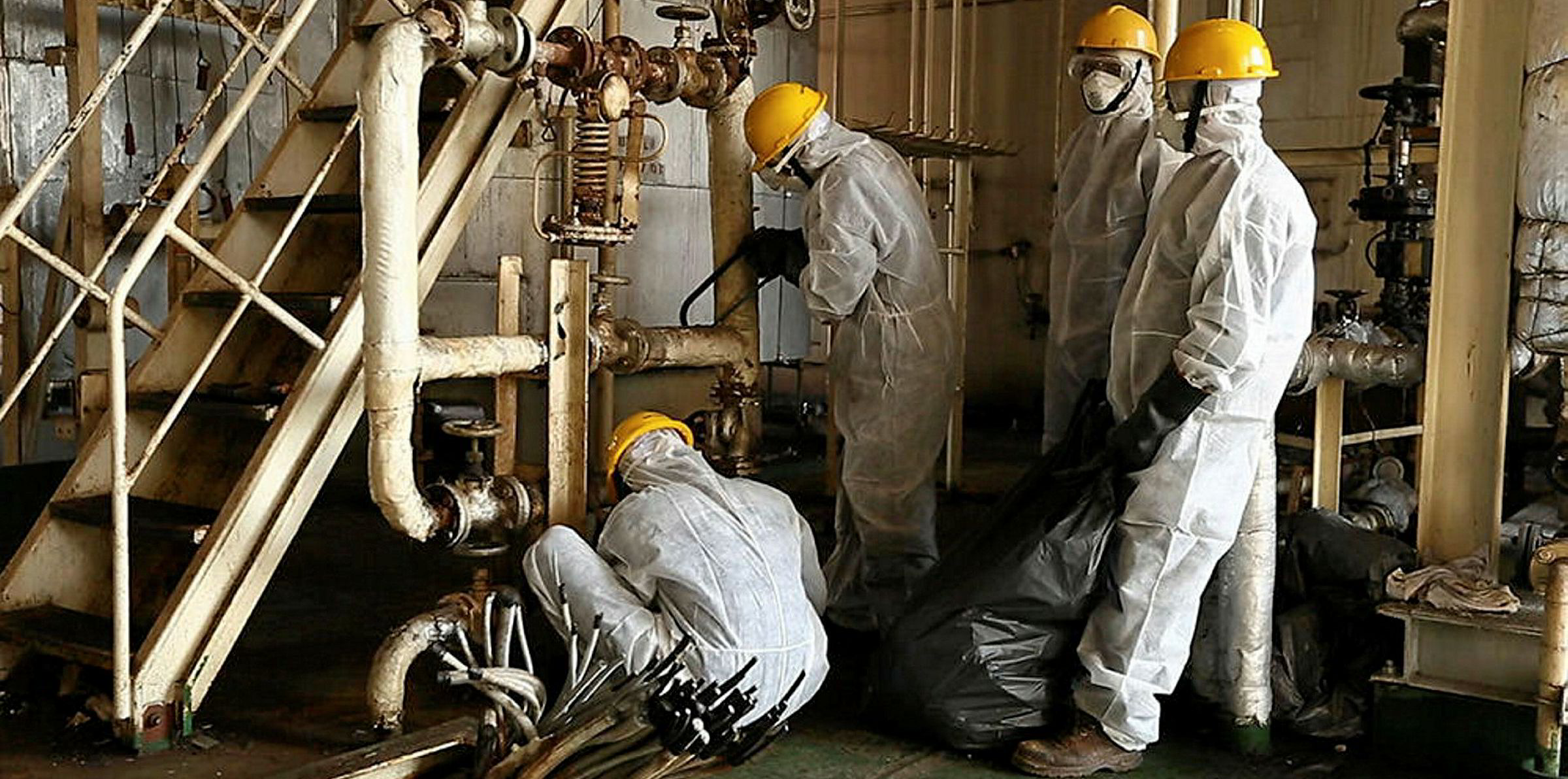Clarksons Research has revealed demand weakness in shipping markets due to the pandemic is forcing owners to scrap bigger and bigger vessels.
Trevor Crowe, an analyst at the research arm of shipbroking giant Clarksons, has crunched the numbers to show that trends in recycling generally follow cycles of boom and bust for shipowners.
"Significant fleet upsizing trends have long been clear," Crowe said.
"In the late 1990s, the average size of vessels delivered stood close to 20,000 dwt, a figure that had doubled to 40,836 dwt in the last five years, whilst the average size of a vessel in the overall global fleet has increased by 69% since 2000 to stand at 21,234 dwt today."
But Clarksons' data shows that while long-term growth of the fleet usually leads to the scrapping of older, smaller units, this does not always prove true.
Between 1996 and 2003, the average size of broken-up vessels stood at 32,596 dwt, 30% larger than the average size of delivered newbuildings.
Peak in 1999
The recycled average peaked at just under 42,700 dwt in 1999, which was largely a reflection of the wave of crude tanker scrapping during the phase out of single-hulled tankers, Crowe said.
The mid-2000s saw a return to the regular pattern of smaller ships being torched, with just four capesizes and seven VLCCs leaving the fleet in strong markets.
"However, following the onset of the global financial crisis and the end of the boom, there was a clear upward trend in the average size of ships being recycled," Crowe added.
"The failure of shipping markets to gain traction and underlying fleet trends saw larger units sold for scrap."
Post-crash size rise
The average size of recycled units was 23,500 dwt in 2008 and hit 42,000 dwt in 2016, when earnings for major ship types reached multi-decade lows.
The ClarkSea Index of rates averaged just $9,440 per day at that stage.
"Nevertheless, the trend saw a pause as markets gradually gained impetus in 2017-19, and the average size of ships recycled had dropped to 27,166 dwt last year," the analyst said.
Now, following Covid-19 lockdowns, scrapping has picked up, with the average size of units sold to breakers rising 47% to just under 40,100 dwt so far in 2020.
This is close to record levels, Clarksons Research said.
"After market spikes last year and this, tanker recycling has been subdued, but the bulker sector has seen a notable number of very large ore carriers scrapped," the company added.
And boxship scrapping has seen new records set. TradeWinds reported in the summer that Costamare had offloaded the 7,400-teu Kokura (built 1997) for demolition, the biggest boxship sent to the breakers at that point.
A Costamare sistership, the Kawasaki, quickly followed.
Crowe concluded: "With fleet renewal likely to be accelerated by fuel transition, and given historical delivery upsizing, there will surely be more to learn from the recycling side in the future."







